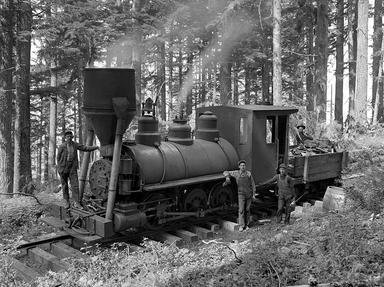Quiz Answer Key and Fun Facts
1. This Native American served as Vice President of the United States. Who was it?
2. This diminutive general won the Medal of Honor and declared martial law during the Great San Francisco earthquake. He is the most famous U.S. general that you have probably never heard of.
3. Who was the first Presidential Cabinet member to go to jail. (Think tea pot).
4. What treaty resulting from the 1921 Washington Conference was the first large scale attempt to limit the size of the world's navies?
5. President Herbert Hoover's attempt to deal with the great depression was to loan money to banks and railroads to stabilize the economy. Eleven million dollars were lent (and repaid) but did little to stop the depression. Which agency administered this loan?
6. Schechter Poultry Corporation vs. United States (1935) - the famous "Sick Chicken Case" - struck down which New Deal Agency?
7. During the mobilization for America's entry into WWI, the Food Administration had meatless and 'wheat less' days and guaranteed $2 dollar wheat while calling on people to use substitutes for meat and cereals. Which famous American headed this agency?
8. 1919 saw strikes involving over 4 million workers. One of the most famous was the Boston Police Strike that threatened public safety. What future President became famous for breaking the strike?
9. This country was the only European country to repay in full its WWI war debt to the United States in the interwar period.
10. Who was the first U.S. President to go up in an airplane and down in a submarine?
Source: Author
LTCJ
This quiz was reviewed by FunTrivia editor
bloomsby before going online.
Any errors found in FunTrivia content are routinely corrected through our feedback system.


